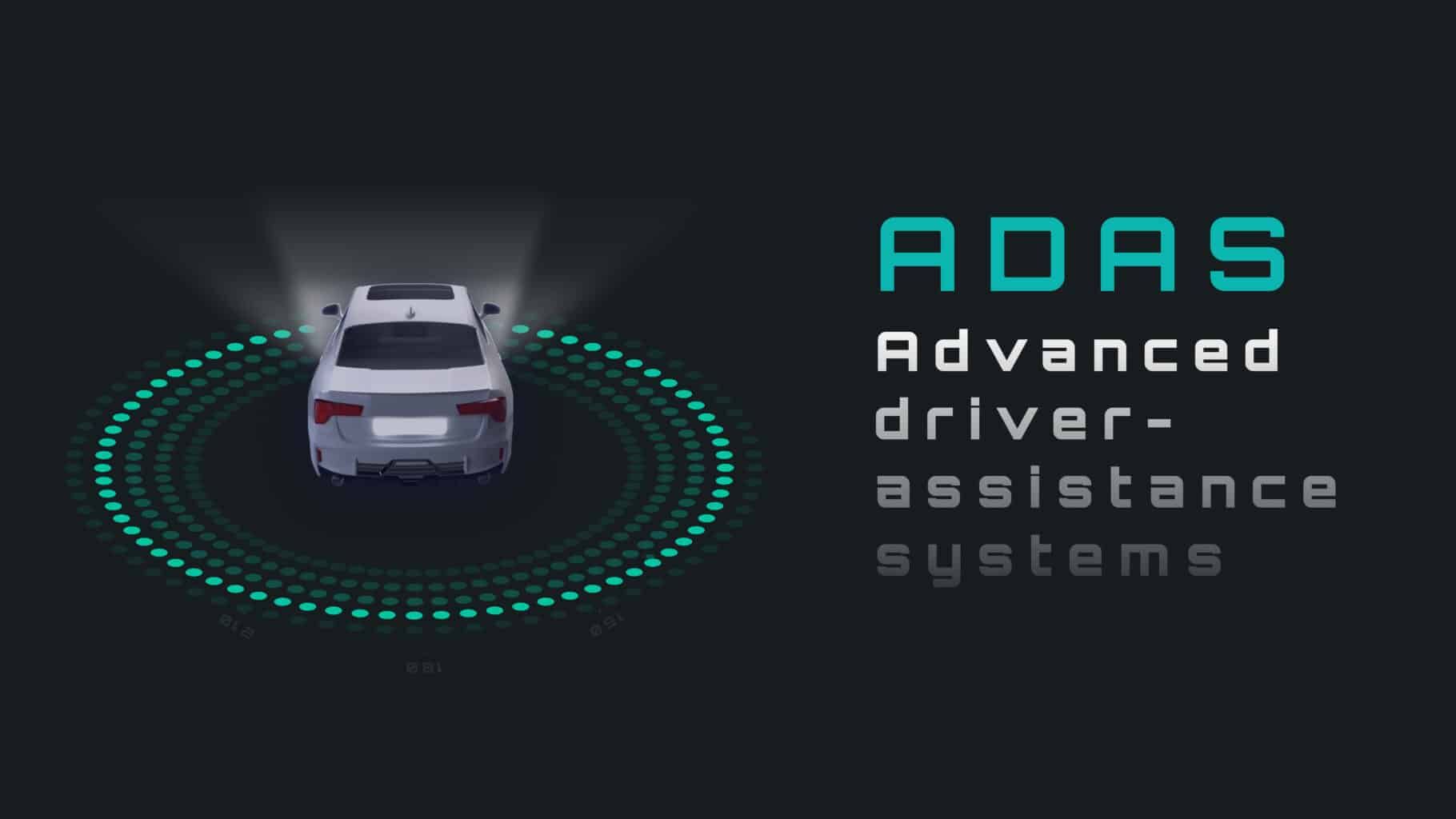Advanced Driver Assistance Systems (ADAS) are rapidly transforming the driving experience, making vehicles smarter, safer, and more responsive. At the heart of these systems lies adas object detection, which enables vehicles to recognize and react to objects like pedestrians, vehicles, signs, and lane markings. But the reliability of these systems heavily depends on one often-overlooked factor: the quality and diversity of training data.
As AI models become more central to autonomous vehicle safety, ensuring they are trained on diverse, inclusive, and precisely labeled datasets is essential. Without such data, object detection models may fail in unpredictable or edge-case scenarios, undermining safety and performance.
Why Diverse Training Data Matters for ADAS
ADAS solutions must perform reliably in varied real-world environments, from crowded urban intersections to quiet rural roads, from sunny days to foggy nights. This requires datasets that are:
- Geo-diverse: Capturing environments from multiple geographic regions.
- Context-rich: Including a range of lighting, weather, and traffic conditions.
- Edge-case inclusive: Featuring rare but critical events like emergency vehicles, jaywalking pedestrians, or fallen debris.
When training data lacks diversity, models can become biased or ineffective outside of the narrow scenarios they were trained on. That’s why collecting and annotating data from varied sources is not just a best practice, it’s a necessity.
Organizations that specialize in data preparation and annotation are key to solving this challenge. These teams provide detailed, human-verified labeling services that ensure ADAS models learn from high-quality, representative data.
Human-in-the-Loop: Elevating Model Reliability
While automation plays a significant role in scaling data processing, human-in-the-loop (HITL) workflows remain indispensable when it comes to nuanced, high-stakes tasks like object detection. Humans bring contextual awareness, judgment, and precision to AI workflows, especially important in cases where automated systems might mislabel or miss objects.
Professionally trained annotators can:
- Interpret complex scenarios (e.g., distinguishing a pedestrian from a cyclist in low light).
- Validate machine-generated labels for quality control.
- Provide feedback to continuously refine and retrain AI models.
Integrating human review throughout the machine learning pipeline ensures a higher level of accuracy and accountability. The importance of this model is explored further in the article Human-in-the-Loop Is Critical for Agentic AI, which discusses how human oversight shapes AI that is both safe and adaptable.
Ethical and Inclusive Data Practices
In addition to technical accuracy, the ethical sourcing and labeling of training data is now a growing concern across the AI industry. Object detection models should not only be functional, but they should also be fair. This means avoiding biases related to region, race, environment, or behavior by ensuring balanced representation in datasets.
Human-centric data providers help address these challenges by:
- Employing diverse annotation teams with cultural and contextual understanding.
- Sourcing data from a wide range of environments.
- Ensuring that annotators are ethically employed and compensated.
These practices not only produce more robust models but also align AI development with global standards of social responsibility.
The Role of Gen AI in Training Data Expansion
As the demand for rich training datasets grows, developers are turning to Generative AI techniques to simulate rare or dangerous driving conditions, such as collisions, heavy rain, or unusual traffic patterns. These synthetic datasets allow for safe, scalable augmentation of real-world data and are gaining traction in the ADAS space.
Interestingly, many of these innovations are adapted from the military and defense sectors. Use cases such as battlefield simulations and threat detection have paved the way for tools that can now create complex driving scenarios digitally.
This crossover is examined in depth in Use Cases of Gen AI in Defense Tech & National Security, highlighting how innovations from one high-stakes field are improving safety in another.
Top 5 Companies Providing ADAS Object Detection Services
While data providers play a crucial role in model training, the broader ADAS ecosystem includes companies that build full-scale object detection systems integrated into vehicles. Here are five leading companies at the forefront of ADAS object detection:
- Mobileye: A global leader in computer vision for driving safety, Mobileye provides chip-based vision systems for collision avoidance and lane keeping.
- NVIDIA: NVIDIA’s DRIVE platform powers perception and decision-making in autonomous vehicles, leveraging deep learning for real-time object detection.
- Aptiv: Aptiv builds software and sensor systems for automotive safety, including scalable ADAS solutions for global automakers.
- Valeo: Specializing in ADAS sensors and software, Valeo develops front cameras, LiDAR systems, and embedded vision solutions.
- Digital Divide Data (DDD): Supports ADAS development with high-accuracy object detection training data, including bounding boxes, segmentation, and multi-sensor annotation services.
These companies rely on precisely annotated data to develop their models, highlighting the foundational role of data services in building safe ADAS systems.
Conclusion
The road to safer, smarter vehicles is paved not only with algorithms and hardware but also with high-quality, diverse training data. As ADAS continues to evolve, object detection systems must be trained on datasets that reflect the full complexity of real-world driving. Ethical, human-in-the-loop annotation workflows help ensure that these datasets are accurate, inclusive, and context-aware.
By combining diverse data, expert labeling, and innovations like synthetic scenario generation, ADAS developers can significantly enhance detection performance and ultimately, passenger safety. As we move toward a more autonomous future, the foundation of that journey will remain clear: data that sees the world as it truly is.

